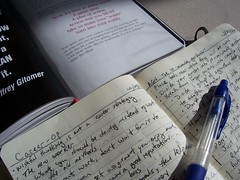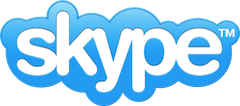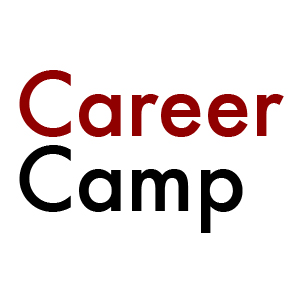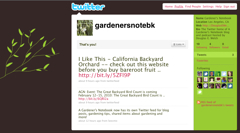
If you use Google’s Feedburner service for managing the RSS feeds for your blogs and podcasts, you may, or may not, know that Feedburner also provides email subscriptions to your RSS feeds. Some people prefer email to RSS, so they might be more comfortable receiving your blog updates in their inbox.
 You can turn on the Email subscription feature for your Feedburner feed by logging into your account and then clicking on the Publicize tab. In the left-hand column, you will then see the Email Subscriptions link. Click that link and 4 sub-topics will appear.
You can turn on the Email subscription feature for your Feedburner feed by logging into your account and then clicking on the Publicize tab. In the left-hand column, you will then see the Email Subscriptions link. Click that link and 4 sub-topics will appear.
The Subscription Management link allows you to grab the code for an HTML form that you can embed in your blog to allow users to subscribe with one click. You will also find a listing of those people currently subscribed to your RSS feed via email. The Save button at the bottom will activate the service, if it isn’t already and save any settings you might change.
The Communication Preferences link allows you to see and edit the messages sent to those people who subscribe via email. You can change the text of the welcome message, including whatever information you would like them to have.
The Email Branding link provides access to the standard subject line, blog artwork and styling of the email sent to your subscribers.
This review of the email subscription features was driven by an email I received from a subscriber noting the small font size of the messages they were receiving. I hadn’t realized it, but the font size of the message in this section had been set to 9 point, much too small for the average reader. A quick change here solved the problem for everyone receiving these emails.
The final link, Delivery Options, allows you to set your time zone and the time of day when you would like your email updates to be delivered to your subscribers. Mine are scheduled to be sent between 7am-9am Pacific Time.
Readers will consume your web content in any number of ways, so providing alternative methods, like email subscriptions can help you add to your subscribers as well as capturing email information about your users — something that is nearly impossible using RSS feeds alone. If you haven’t checked your Feedburner Email Subscription settings recently, check it out. You might be pleasantly surprised at their usefulness.


 You can turn on the Email subscription feature for your
You can turn on the Email subscription feature for your 


 I received an interesting message today from a fellow LA Tech traveler. She hosts a major event but was getting some push back on the advertising poster that was designed and released. She asked a couple of questions about how she might deal with this push back and turn it around into something positive.
I received an interesting message today from a fellow LA Tech traveler. She hosts a major event but was getting some push back on the advertising poster that was designed and released. She asked a couple of questions about how she might deal with this push back and turn it around into something positive.



